Growing Carrots is Easy and Popular
In our video, Growing Carrots, Tricia guides us through the step-by-step process of planting, growing and harvesting carrots. So now let's delve a little deeper into the carrot from its history, common shapes and varieties, cultural requirements and some troubleshooting guidelines.
Carrot History

Humans have been consuming carrots, at least Wild Carrots (Daucus carota, var. carota), for thousands of years. The first documented cultivation of carrots was prior to 900 AD in the Iranian Plateau (Afghanistan, Iran and Pakistan), and domestication or breeding of the carrot began.
The first domesticated carrots were divided into two sub-groups: Eastern/Asiatic carrots, (var. altorubens) and Western carrots ( var. sativus).1 The Western group is the common orange-colored carrots that we think of today. The group is sub-divided into short, medium and long rooted carrots with variations in color from white, orange to red.
Carrot Selection and Cultivation

Carrots come in all shapes, sizes and colors from small Parisienne to long red Dragon. The size you choose is important, especially if your soil is heavy, or if you want to grow it in a container. The rainbow mixes are great and fun for kids to grow and they taste good too!
Carrots are typically easy to grow, but there are a few things to consider:
- Carrots don't like growing in strongly acidic soil, pH 6-6.8 is just right. If you don't know what your pH is, try a soil test kit like the La Motte pH Test Kit.
- Carrots require regular moisture and are not drought tolerant. Avoid excess moisture near the time of harvest, it can cause the carrots to crack.
- Carrots require high levels of potassium and phosphorus, and not excess nitrogen.
- Remove stones and hard dirt clumps, this can cause the carrots to fork.
Troubleshooting Your Carrots
Carrots are typically easy to grow and trouble free. But from time to time you may encounter some problems with your crop. Some typical problems are forked roots, failure to emerge, small roots, twisted roots or really hairy and mis-shaped roots. For more information on troubleshooting carrot problems check out the article Carrot and Parsnip Growing Problems: Troubleshooting.
Carrots are a great addition to the garden and fun for the whole family. Now is the time to plant (or the spring too), so pick up some seeds today. Enjoy them fresh as a nutritious snack, or cooked, as a great addition to your winter soup.
Resources:
- Stolarczyk, John and Janick Jules 2011.Carrot: History and Iconography. CHRONICA HORTICULTURAE vol. 51(2) pg 13-18.
- World Carrot Museum
- Our carrot seeds for sale


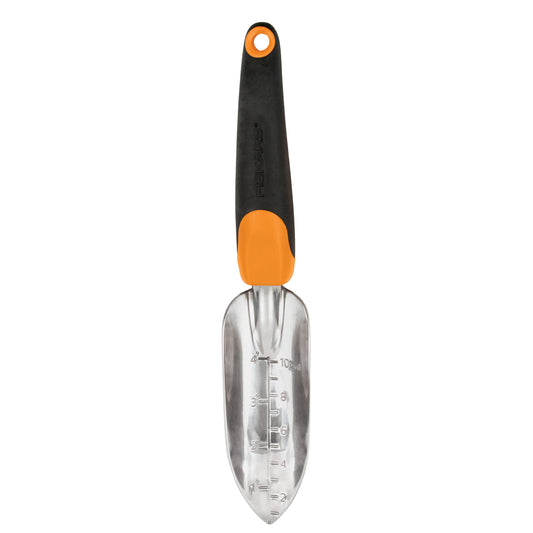
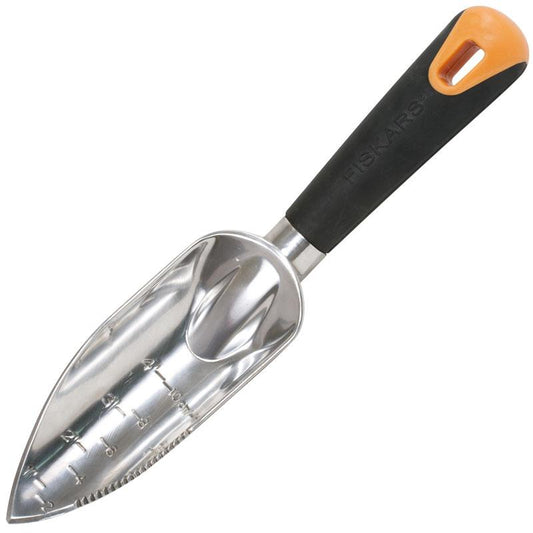
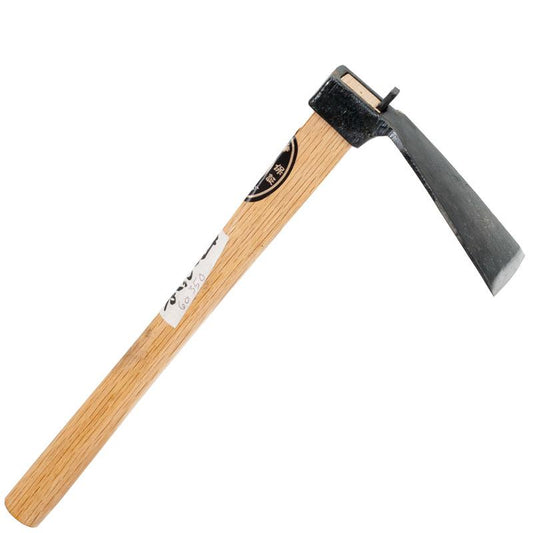

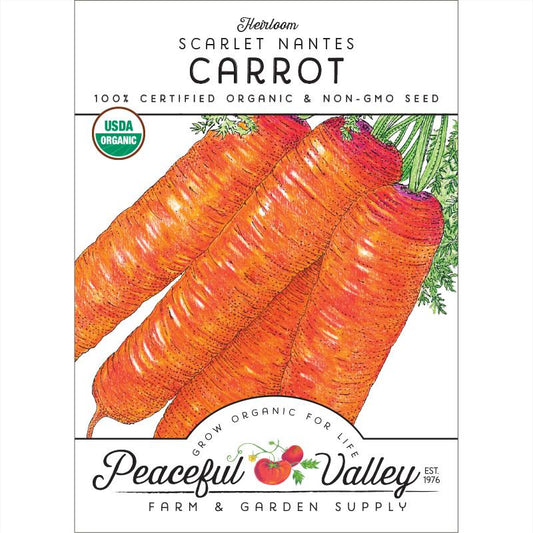
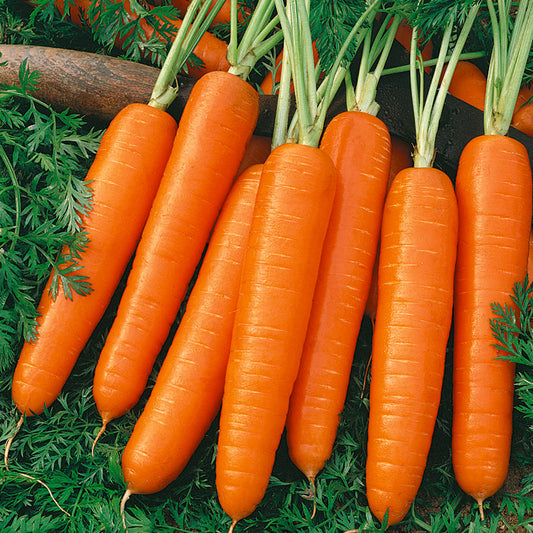
2 comments
Are there GMO carrots? If yes, how do you tell the difference between Non-GMO and GMO carrots?
Teason, I am not sure if there are GMO carrots and how to tell the difference. If you don’t want to by GMO produce or seeds, you should always buy organic.